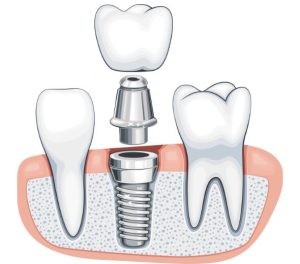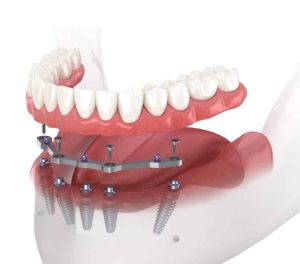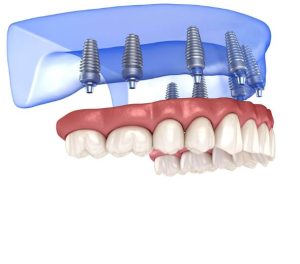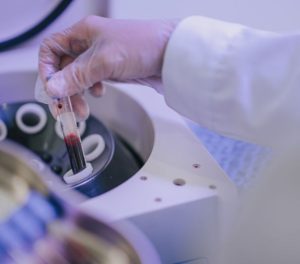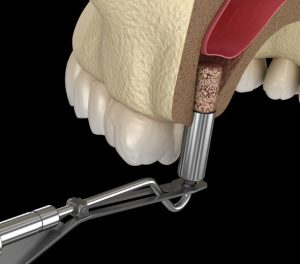Implant dentures
A full-arch dental bridge, also known as an implant-supported fixed prosthesis or an implant-supported full-arch bridge, is a comprehensive dental restoration that replaces a full arch of missing teeth using dental implants as support.
A full-arch dental bridge offers several benefits, including improved chewing function, enhanced aesthetics, and preservation of facial structure. It can significantly enhance quality of life for individuals with extensive tooth loss.
It’s important to note that the success of a full-arch dental bridge depends on various factors, including proper oral hygiene, regular dental check-ups, and lifestyle habits. Additionally, individual results may vary, and it’s essential to consult with a qualified dentist or prosthodontist to determine the most suitable treatment plan for your specific needs.
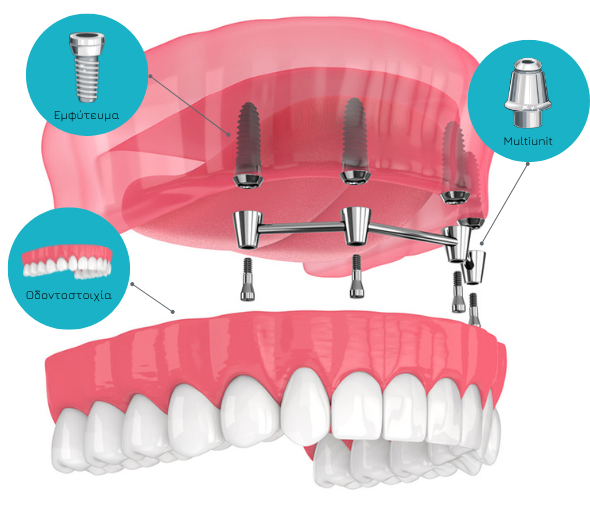
What are Implant Supported Dentures?
Dental Implant
This is the part that is surgically placed into the jawbone. It typically resembles a screw and serves as the artificial tooth root.
abutment
This component connects the implant fixture to the prosthetic tooth or restoration. It protrudes from the gum line and provides support for the crown, bridge, or denture.
Implant supported dentures
This is the visible part of the dental implant that resembles a natural tooth.
Implant supported dentures procedure
The success rate of dental implant procedures is generally very high, with success rates ranging from 95% to 98%.
consultation
The dentist evaluates the patient’s oral health, takes X-rays, and discusses the treatment plan, including any pre-existing conditions that may affect the procedure.
Implant Placement
During a surgical procedure, the implant fixture is placed into the jawbone. Over the next few months, the jawbone heals and fuses with the implant fixture in a process called osseointegration.
Prosthetic Tooth Placement
Once osseointegration is complete the implant denture is attached to the abutment.

